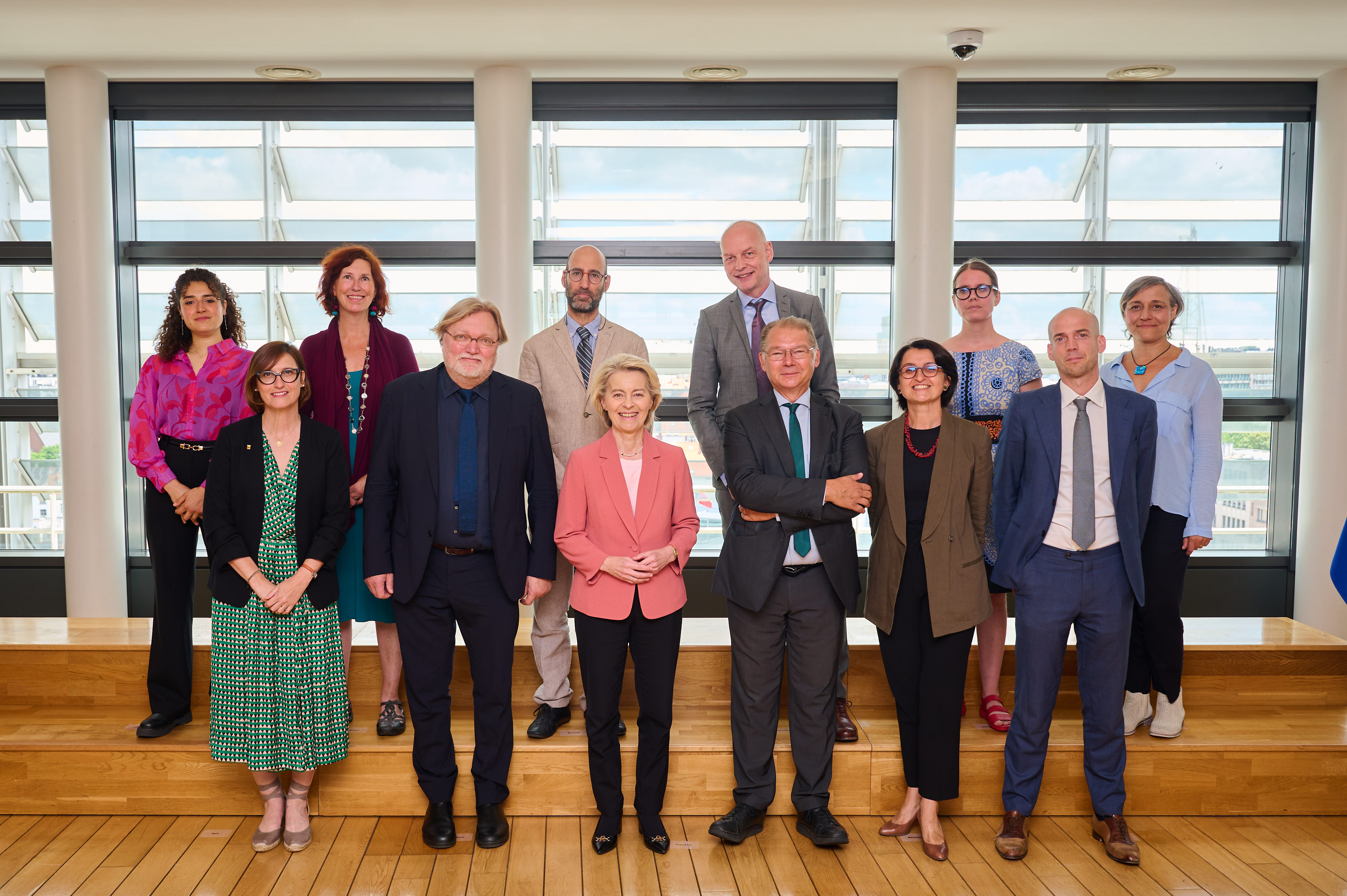Today, together with members PAN Europe and WECF, HEAL’s Executive Director Génon Jensen participated in the Implementation Dialogue on Biocides hosted by the EU Health Commissioner Várhelyi.
The Health and Environment Alliance (HEAL) welcomes the draft Decision on the 8th Environment Action Programme (8EAP) from the European Commission, which will now go into legislative debate. In particular we welcome the objective on pursuing a zero-pollution ambition for a toxic free-environment (Article 2.d). The World Health Organization (WHO) says 25% of all death and disease in the European region is due to environmental factors. The urgency to act to prevent harm from chemical or air pollution has been demonstrated. Our vulnerability is amplified by climate change, a cause of systemic threat to public health, as well as the COVID-19 pandemic and economic crisis.
HEAL considers essential for the 8EAP’s success that it provides a foundation to:
1. Hold Member States accountable for the continuity of the EU Green Deal’s objectives in legislation beyond 2024
The 7EAP finishes in 2020 and committed the EU co-legislators to a coherent and comprehensive long-term vision until 2050 on climate, health and environmental actions. It enabled the assessment of the European Commission’s performance in steering the delivery of EU commitments in the fields of sustainability: the evaluation concluded that “its 2050 vision and priority objectives are still valid” but “that progress related to nature protection, health and policy integration was not sufficient.”
While implementation and enforcement of EU environmental and climate legislation heavily depend on political will at national level, the European Green Deal Communication (EGD) only commits the current 2019-2024 EU Commission. To achieve the transformational, systemic change needed to address the magnitude of the challenges we are facing today, the 8EAP must provide the foundations for a successor of the EGD which leads us closer to SDG 2030 goals. The 8EAP will also provide a further incentive for Member States to act on environmental pollution and climate, where political commitment in the past has often been insufficient (e.g. exceedance of EU clean air standards). Building on the 7EAP vision and the EDG objectives, the 8EAP – “General Union Environment Action Programme to 2030” – will commit both the EU Member States and Parliament, thereby providing for policy coherence and continuity in the field of environmental health beyond the mandate of the current EU Commission.
The 8EAP will succeed if it helps amplify synergies of policy action in line with the EGD at every governance level in the EU and also helps accelerate the implementation and enforcement path.
2. Check that budgetary priorities are aligned with the zero pollution ambition for a toxic free environment
This starts with ensuring adequate financial means to implement policies stemming from EU’s zero pollution ambition – such as from the Chemicals Strategy for Sustainability published in 2020 or from the Zero Pollution Action Plan expected in 2021 – or the Farm to Fork Strategy.
The 8EAP could monitor and report back to citizens if adequate funding at EU, national and local level is available to deliver on the tasks stemming from the EGD. With the growing importance of impacts of the urban environments on health, the 8EAP should support city-level action.
3. Ensure timely monitoring, transparency and follow up of data on impacts of the environment on health
The draft 8EAP proposes how the programme is to be monitored and how communication on the results of that monitoring should be done. Full transparency of scientific data, inclusion of citizen science, timely (as close as possible to real time) universal accessibility of the data and high-level political follow-up are essential for effective public participation, implementation and enforcement of EU’s environmental and climate legislation.
In particular, direct and indirect health costs of environmental pollution and the cost of policy inaction should be part of the 8EAP indicators, as well as spotlighting increasing environmental health inequalities.


